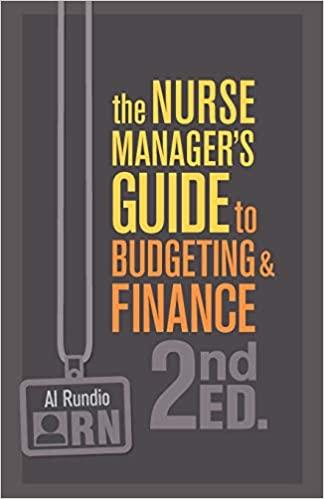Question
Using the relevant M&A Disaster article (http://www.investopedia.com/articles/financial-theory/08/merger-acquisition-disasters.asp), a) Which M&A transaction had the lowest IRR (not loss on investment)? b) What was the approximate IRR
Using the relevant M&A Disaster article (http://www.investopedia.com/articles/financial-theory/08/merger-acquisition-disasters.asp),
a) Which M&A transaction had the lowest IRR (not loss on investment)?
b) What was the approximate IRR (you can just use month and year) ONLY about: Quaker Oats/Snapple (from acquisition to sale of company) Here is the article:
Quaker Oats Company and Snapple Beverage Company
Quaker Oats successfully managed the widely popular Gatorade drink and thought it could do the same with Snapple. In 1994, despite warnings from Wall Street that the company was paying $1 billion too much, the company acquired Snapple for a purchase price of $1.7 billion. In addition to overpaying, management broke a fundamental law in mergers and acquisitions: make sure you know how to run the company and bring specific value-added skills sets and expertise to the operation. In just 27 months, Quaker Oats sold Snapple to a holding company for a mere $300 million, or a loss of $1.6 million for each day that the company owned Snapple. By the time the divestiture took place, Snapple had revenues of approximately $500 million, down from $700 million at the time that the acquisition took place. (Read Mergers And Acquisitions: Break Ups to learn how splitting up a company can benefit investors.)
Quaker Oats' management thought it could leverage its relationships with supermarkets and large retailers; however, about half of Snapple's sales came from smaller channels, such as convenience stores, gas stations and related independent distributors. The acquiring management also fumbled on Snapple's advertising campaign, and the differing cultures translated into a disastrous marketing campaign for Snapple that was championed by managers not attuned to its branding sensitivities. Snapple's previously popular advertisements became diluted with inappropriate marketing signals to customers. While these challenges befuddled Quaker Oats, gargantuan rivals Coca-Cola (NYSE:KO) and PepsiCo (NYSE:PEP) launched a barrage of competing new products that ate away at Snapple's positioning in the beverage market. (Read about the importance of memorable advertising in Advertising, Crocodiles And Moats.)
Oddly, there is a positive aspect to this flopped deal (as in most flopped deals): the acquirer was able to offset its capital gains elsewhere with losses generated from the bad transaction. In this case, Quaker Oats was able to recoup $250 million in capital gains taxes it paid on prior deals thanks to losses from the Snapple deal. This still left a huge chunk of destroyed equity value, however. (To learn how to offset capital gains at the individual level, read Seek Out Past Losses To Uncover Future Gains.)
Read more: Biggest Merger and Acquisition Disasters | Investopedia http://www.investopedia.com/articles/financial-theory/08/merger-acquisition-disasters.asp#ixzz4EjpzInRG Follow us: Investopedia on Facebook
Step by Step Solution
There are 3 Steps involved in it
Step: 1

Get Instant Access to Expert-Tailored Solutions
See step-by-step solutions with expert insights and AI powered tools for academic success
Step: 2

Step: 3

Ace Your Homework with AI
Get the answers you need in no time with our AI-driven, step-by-step assistance
Get Started


